Cutting, shaping and finishing;
only to be used on WOOD
You will be using lots of different tools in the next year or so. There
are many types of tools used just for marking-out work, and even more
for cutting and making things the right shape. It will take a while to
learn all the names of these tools, and know how to spell them correctly!
But to begin with, it is more Important that you know the reasons and
advantages for using each tool. Otherwise, It is easy to spoil practical
work or not do things as accurately, and well, as it is possible to.
Small pieces of wood or plastic can easily crack, split
or break; by using an unsuitable tool. It is very easy to spoil your practical
work by using the the "wrong tool”. Trying to cut or mark-out
a piece of metal with an unsuitable tool will break or ruin the tool!
Your teacher will show you the correct, easy and safe way
to use tools, during practical lessons. Gradually you will become familiar
with the proper uses of all tools, machines and pieces of equipment.
The information In this booklet Is intended to help you to understand
more about tools, machines and equipment. You will then know the reasons
why, where and when to use all of these ; so as to make practical work
easy and enjoyable.
TOOLS AND EQUIPMENT
P* means the tool can also be used to cut
PLASTIC
RASP
Rasp look like a very rough file, with large individual teeth, see below.
They are used to shape wood quickly, but they leave a rough finish. They
must not be used on plastic or metal.

RASP
CHiSEL - Bevel Edge or Firmer
These are general purpose chisels, only used for removing wood. They are
used on the Housing joint, and must be held correctly: always keeping
both hands on the chisel.

COPING SAW (P*)
The coping saw Is able to cut out ‘odd’ shapes in wood and
plastic. As the blade is so small, It can easily cut along a curved line;
or even a complete circle. The blade can be removed and placed through
a hole in the work. to cut out an interesting shape as below.
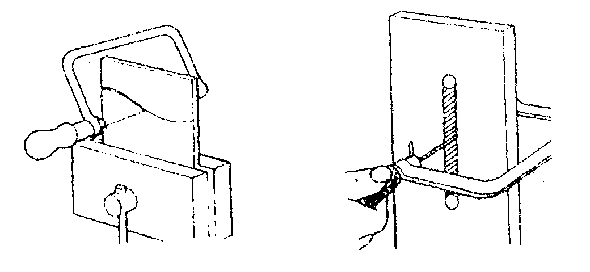
TENON SAW
These are used to make straight cuts into, or through. pieces of wood
and manufactured board. They are Ideal for cutting a Housing joint, as
shown above. This saw allows you to cut to the bottom of the slot. Notice
how the work is held on a Bench Hook and how this is fixed in a woodwork
vice.
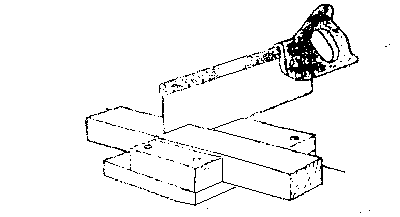
Mallets can be used to help with
chiseling and striking work; so as to avoid damage.
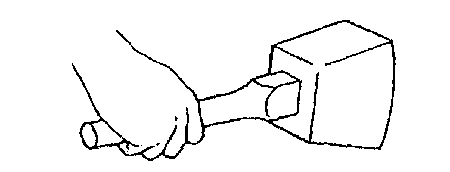
G-Cramps are useful for fixing work to the bench
top or bench hook.
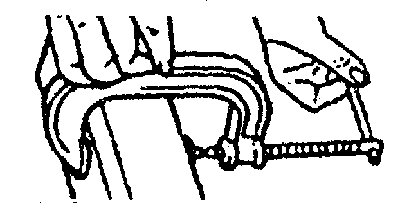
Cross Pein Hammers can be used to drive pins
into wood, by using the flat (pein) end.
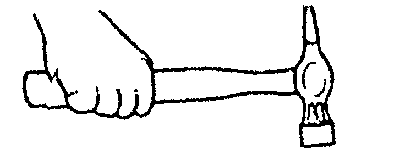
Pincers are used to remove nails and pins from
wood. Do not pull them out, simply roll and lever nails; using the rounded
pincer shape.
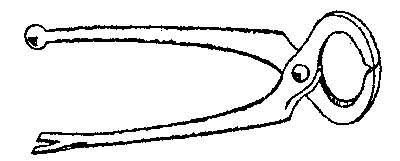
Pin Hammers are light in weight and best for
hammering thin pins into wood.
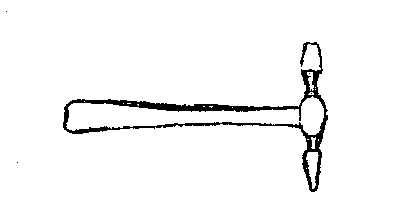
Countersink Drills can be used to countersink
the top of a hole. This will allow counter-sunk screws to “sit flat
on the surface.
|

